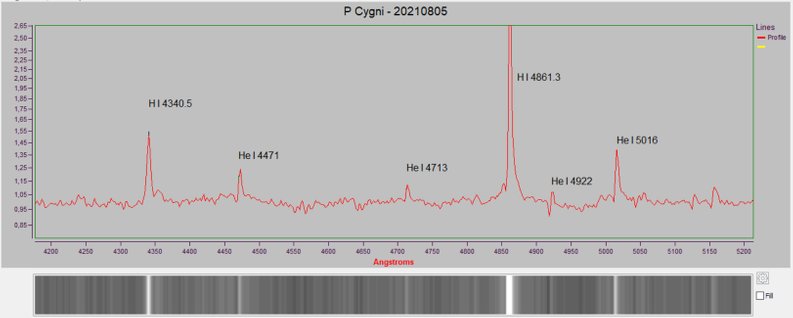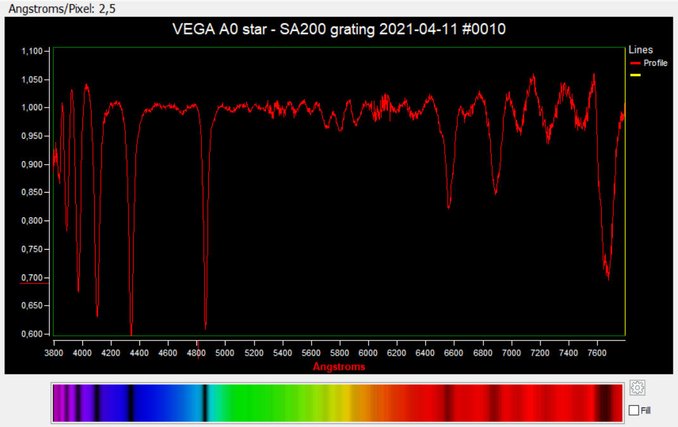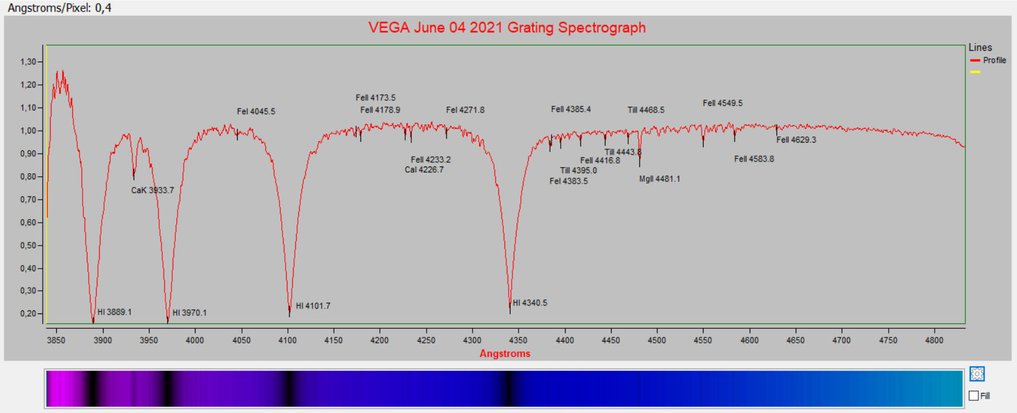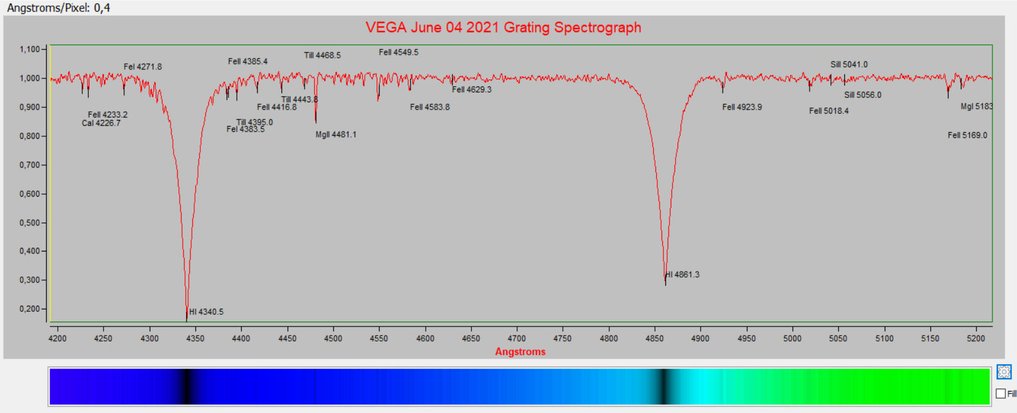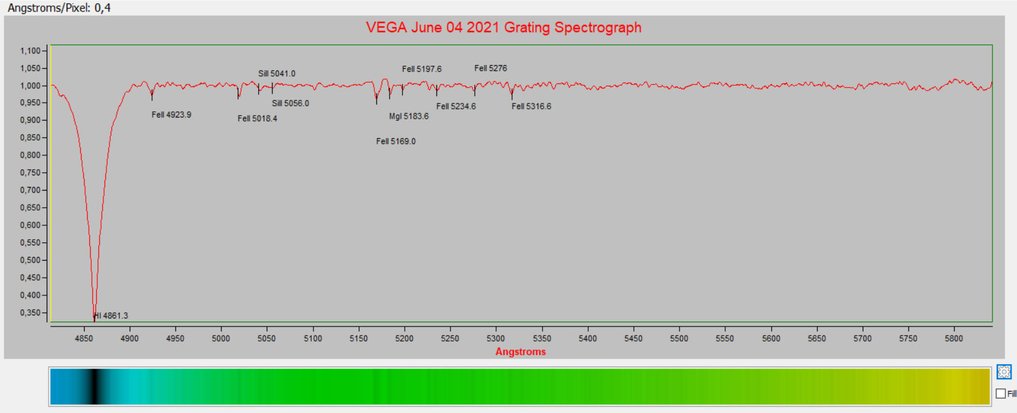Galaxies for Fun Astronomical CCD photos on peculiar galaxies and other astronomical stuff.
www.galaxies.se - by Ivar Hamberg
SPECTROSCOPY
Taking spectra can be both challenging and rewarding. You can get a lot of interesting astrophysical data from an object.
SLIT SPECTROGRAPH:
The yellow unit in the image was built in the late 70's, and was used with either a grating or a prism. At that time we all used film in the camera, and you did not know the result until you developed the film. Now I have modernised this unit with two digital CMOS cameras. Somewhat easier to use.
SLITLESS SPECTROSCOPY:
An easy and straight forward way of taking a spectra is by using an objective prism in front of a camera lens or a small telescope. Or one can use a transmission grating in front of the lens, or in the light path in front of the sensor. Ideally one should have a parallel set of rays through the transmission grating, but with high f/D numbers of 8 or so, one can get good results. The SA100 and SA200 gratings are good as an introduction to taking astronomical spectra, and it is great fun.
P Cygni:
P Cygni with its typical asymmetric emission lines.
VEGA A0 star:
This spectrum was taken with only a 500 millisecond exposure with an SA200 grating and an ASI 183 camera. The Balmer series is very clear. Two strong terrestrial H2O bands are seen at the red end.
There is some noise in this flattened representation
VEGA A0 star with Grating Spectrograph:
These spectra are taken with the spectrograph I built in the 70's and a 1200 L/mm grating. Images were taken on June 4, 2021, on a rather bright summer sky.
I have labelled many lines using Christian Buil's data as a reference. The resolution is much higher than the one using the SA200 transmission grating. Interesting to see all the Fe lines together with Ti, Si, Mg, Ca, Na and other elements.
